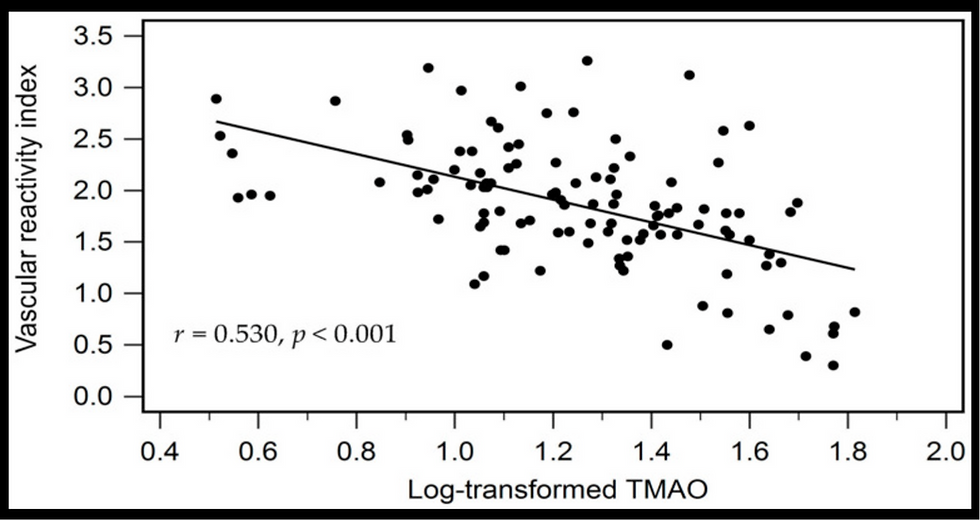Vitamin D deficiency in association with endothelial dysfunction:
- heartlung
- Jan 16, 2023
- 2 min read
Updated: Jan 18, 2023
Implications for patients with COVID-19
Rev Cardiovasc Med. 2020 Sep 30;21(3):339-344.
Vitamin D deficiency in association with endothelial dysfunction: Implications for patients with COVID-19
Jun Zhang 1, Peter A McCullough 1 2 3, Kristen M Tecson 1
Affiliations
· 1 Baylor Heart and Vascular Institute, Dallas, TX 75226, USA.
· 2 Baylor University Medical Center, Dallas, TX 75226, USA.
· 3 Baylor Jack and Jane Hamilton Heart and Vascular Hospital, Dallas, TX 75226, USA.
Abstract
There is emerging evidence to suggest that vitamin D deficiency is associated with adverse outcomes in COVID-19 patients. Conversely, vitamin D supplementation protects against an initial alveolar diffuse damage of COVID-19 becoming progressively worse. The mechanisms by which vitamin D deficiency exacerbates COVID-19 pneumonia remain poorly understood. In this review we describe the rationale of the putative role of endothe
lial dysfunction in this event. Herein, we will briefly review (1) anti-inflammatory and anti-thrombotic effects of vitamin D, (2) vitamin D receptor and vitamin D receptor ligand, (3) protective role of vitamin D against endothelial dysfunction, (4) risk of vitamin D deficiency, (5) vitamin D deficiency in association with endothelial dysfunction, (6) the characteristics of vitamin D relevant to COVID-19, (7) the role of vitamin D on innate and adaptive response, (8) biomarkers of endothelial cell activation contributing to cytokine storm, and (9) the bidirectional relationship between inflammation and homeostasis. Finally, we hypothesize that endothelial dysfunction relevant to vitamin D deficiency results from decreased binding of the vitamin D receptor with its ligand on the vascular endothelium and that it may be immune-mediated via increased interferon 1 α. A possible sequence of events may be described as (1) angiotensin II converting enzyme-related initial endothelial injury followed by vitamin D receptor-related endothelial dysfunction, (2) endothelial lesions deteriorating to endothelialitis, coagulopathy and thrombosis, and (3) vascular damage exacerbating pulmonary pathology and making patients with vitamin D deficiency vulnerable to death.
Keywords: COVID-19; Coagulation; SARS-CoV-2; cytokines; endothelial activation; endothelial dysfunction; inflammation; vitamin D; von Willebrand factor.

Fig. 1. Schematic diagram showing a hypothesis of endothelial dysfunction in COVID-19 patients with vitamin D deficiency. A possible sequence of events may be described as (1) ACE2- related initial endothelial injury followed by VDR-related endothelial dysfunction, (2) endothelial lesions deteriorate to endothelialitis, coagulopathy, and thrombosis, and (3) vascular damage exacerbates pulmonary pathology and makes patients with vitamin D deficiency vulnerable to death. In the context of COVID-19 endothelialitis and coagulation, downstream pro-inflammatory mediators (E-selectin, ICAM-1, VCAM-1, JAM-1, and PECAM-1), cytokine and chemokines (IL-6 and IL-8) contribute to vascular inflammation, whereas downstream pro-coagulant mediators (P-selectin etc.) and pro-coagulant family (vWF, vWFpp, TF, PAI-1) contribute to coagulation. In the process of vasculopathy and coagulopathy, their initial lesions can be amplified by the bidirectional relationship between vascular inflammation and coagulation. ICAM-1= intercellular adhesion molecule-1, VCAM-1 = vascular cell adhesion molecule 1, JAM-1= junctional adhesion molecule-1, PECAM-1= platelet endothelial cell adhesion molecule-1, IL-6 and IL-8 = interleukin 6 and 8, vWF= von Willebrand factor, vWFpp, von Willebrand factor pro-peptide, TF= tissue factor, PAI-1= Plasminogen activating inhibitor-1.
![Lipoprotein(a) levels predict endothelial dysfunction in maintenance hemodialysis patients: evidence from [VENDYS] vascular reactivity index assessment](https://static.wixstatic.com/media/dac531_5285607cc591409a9d83746f042af7c6~mv2.png/v1/fill/w_980,h_980,al_c,q_90,usm_0.66_1.00_0.01,enc_avif,quality_auto/dac531_5285607cc591409a9d83746f042af7c6~mv2.png)


Comments